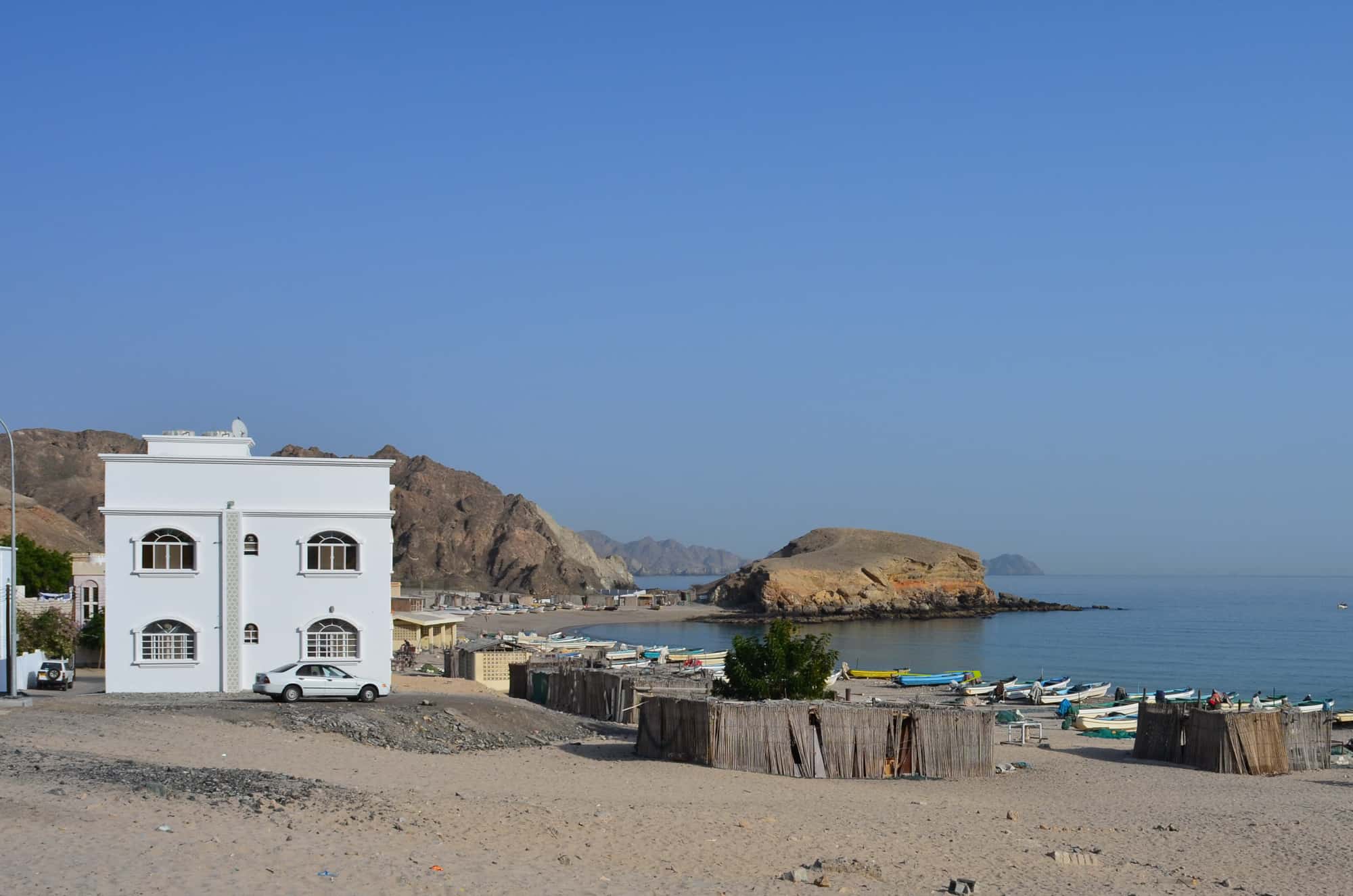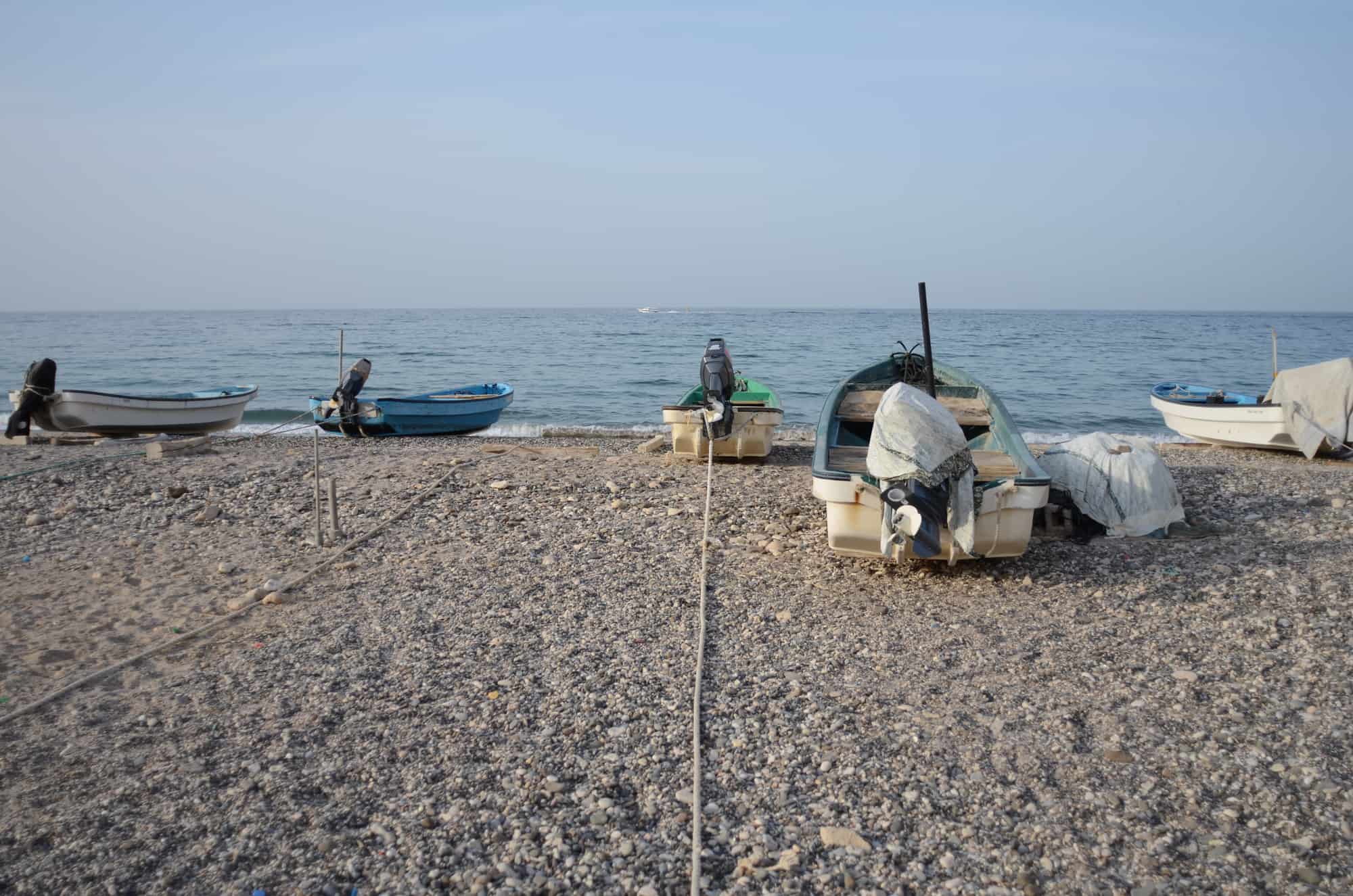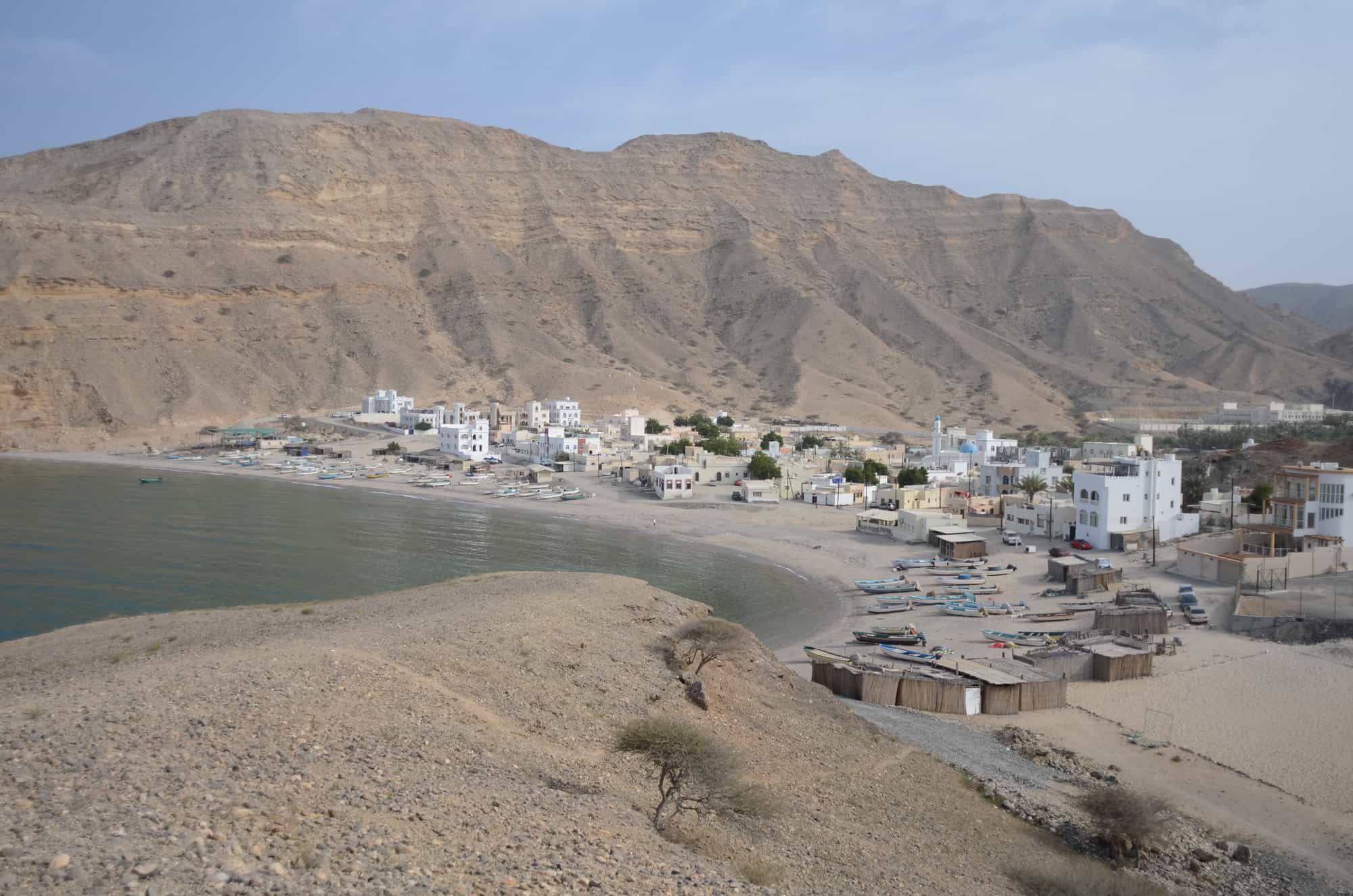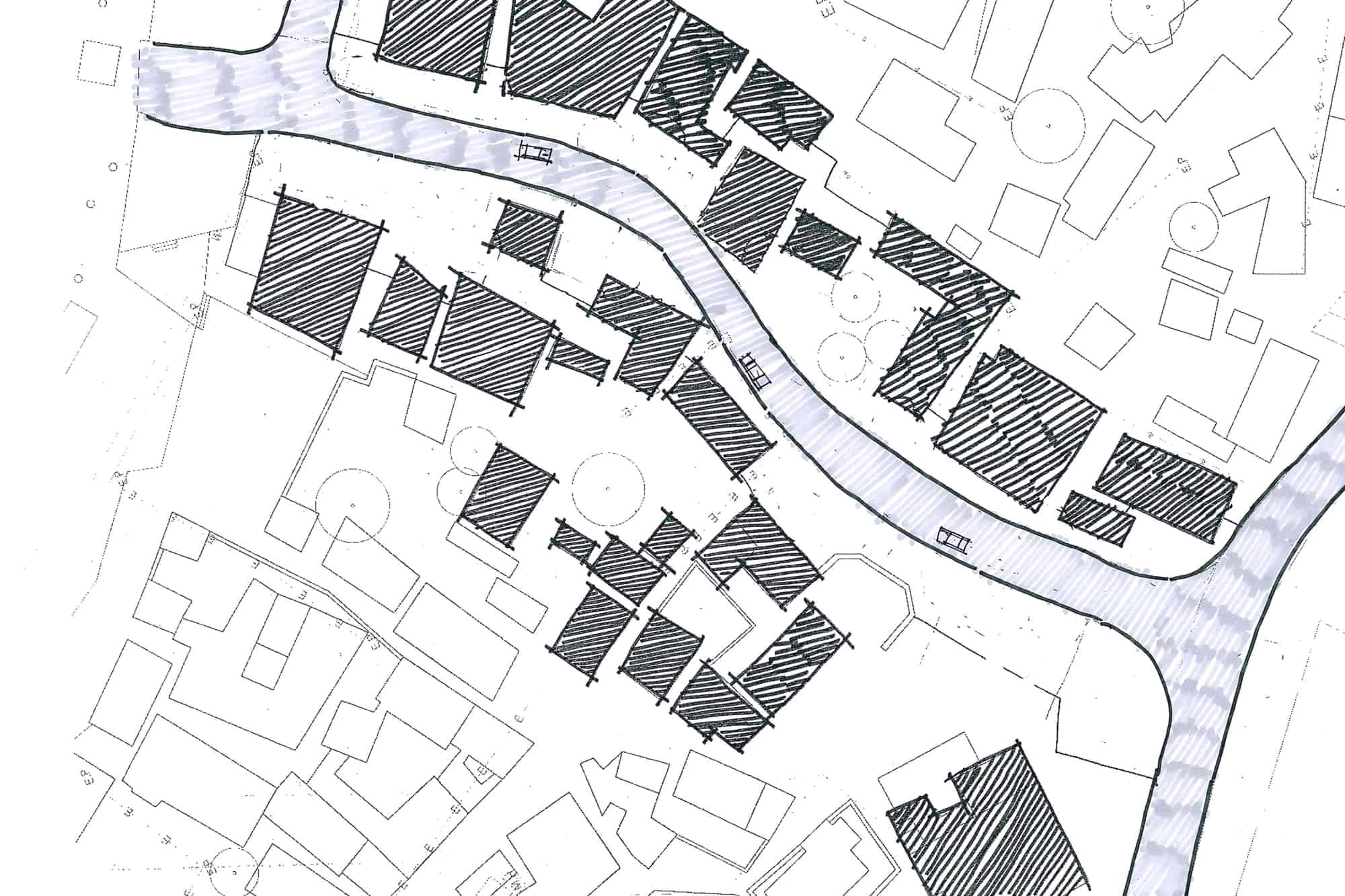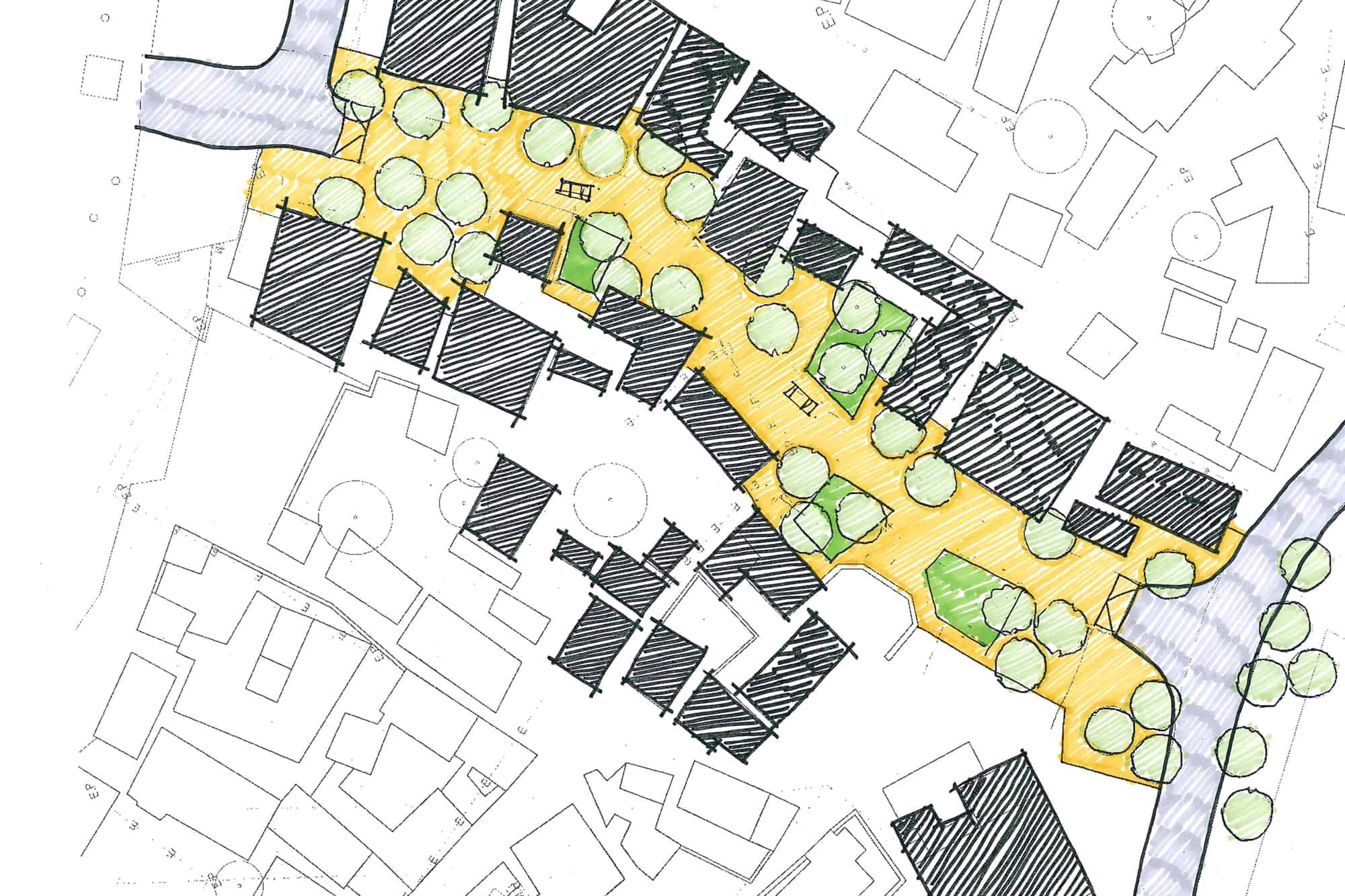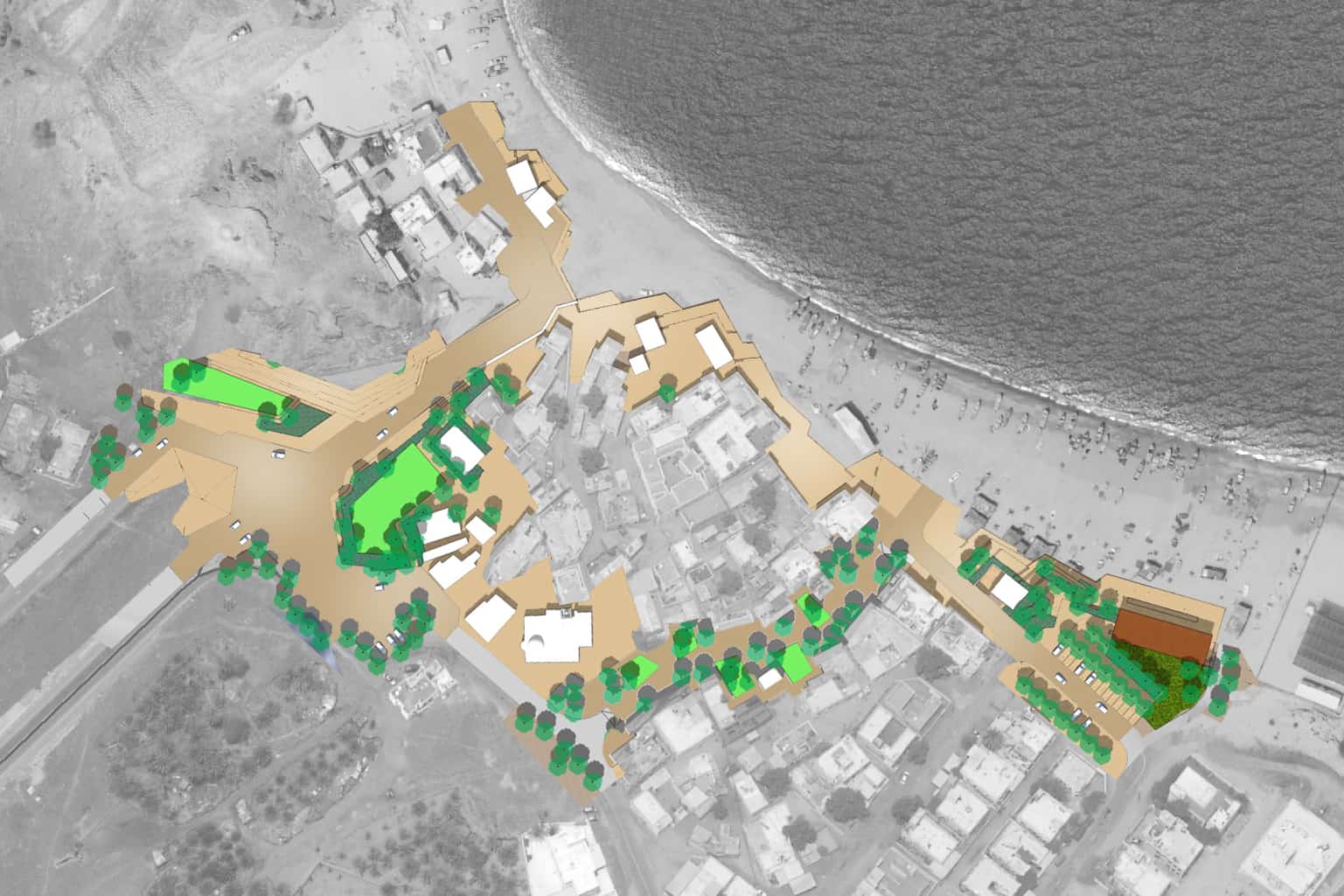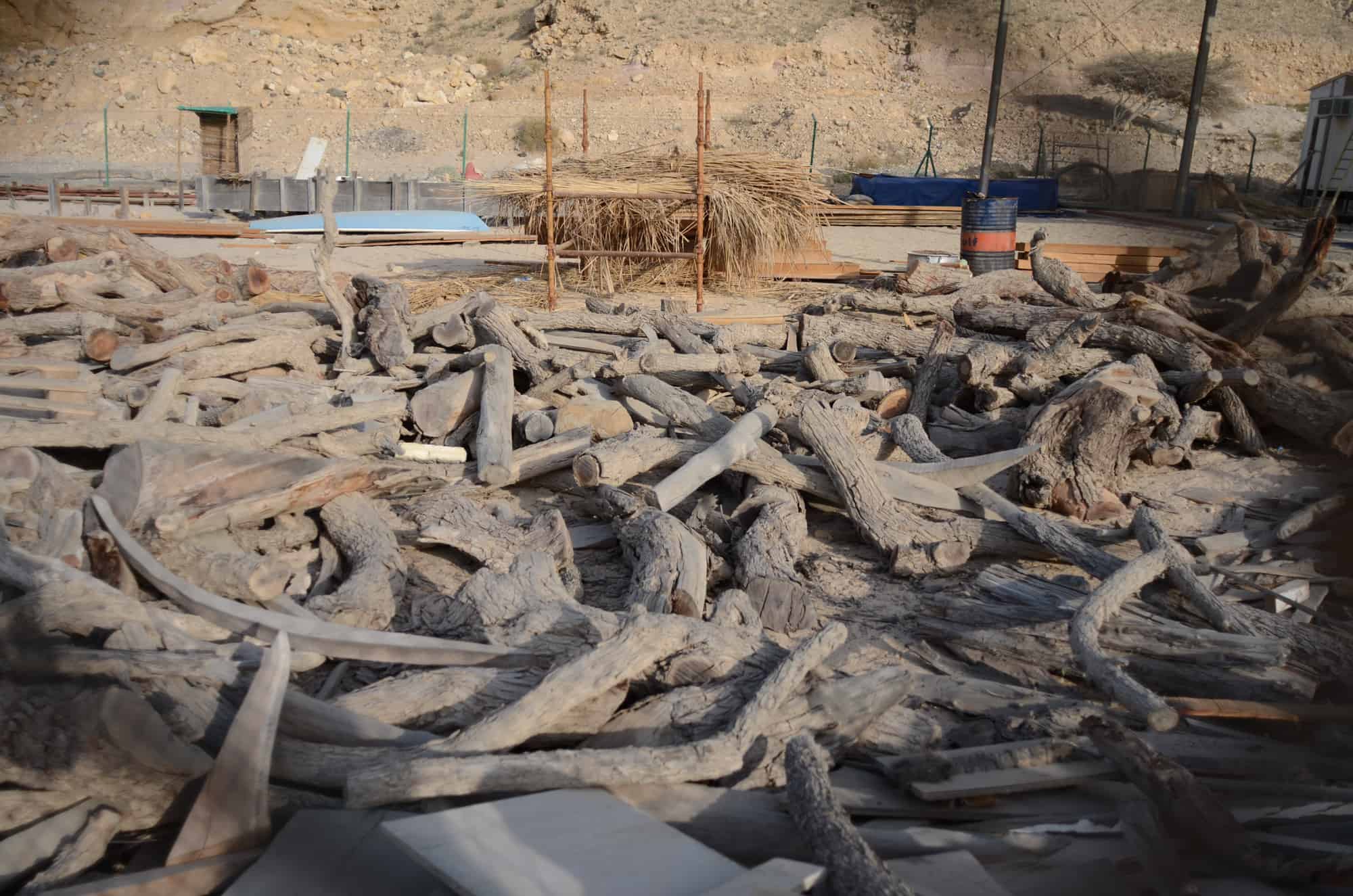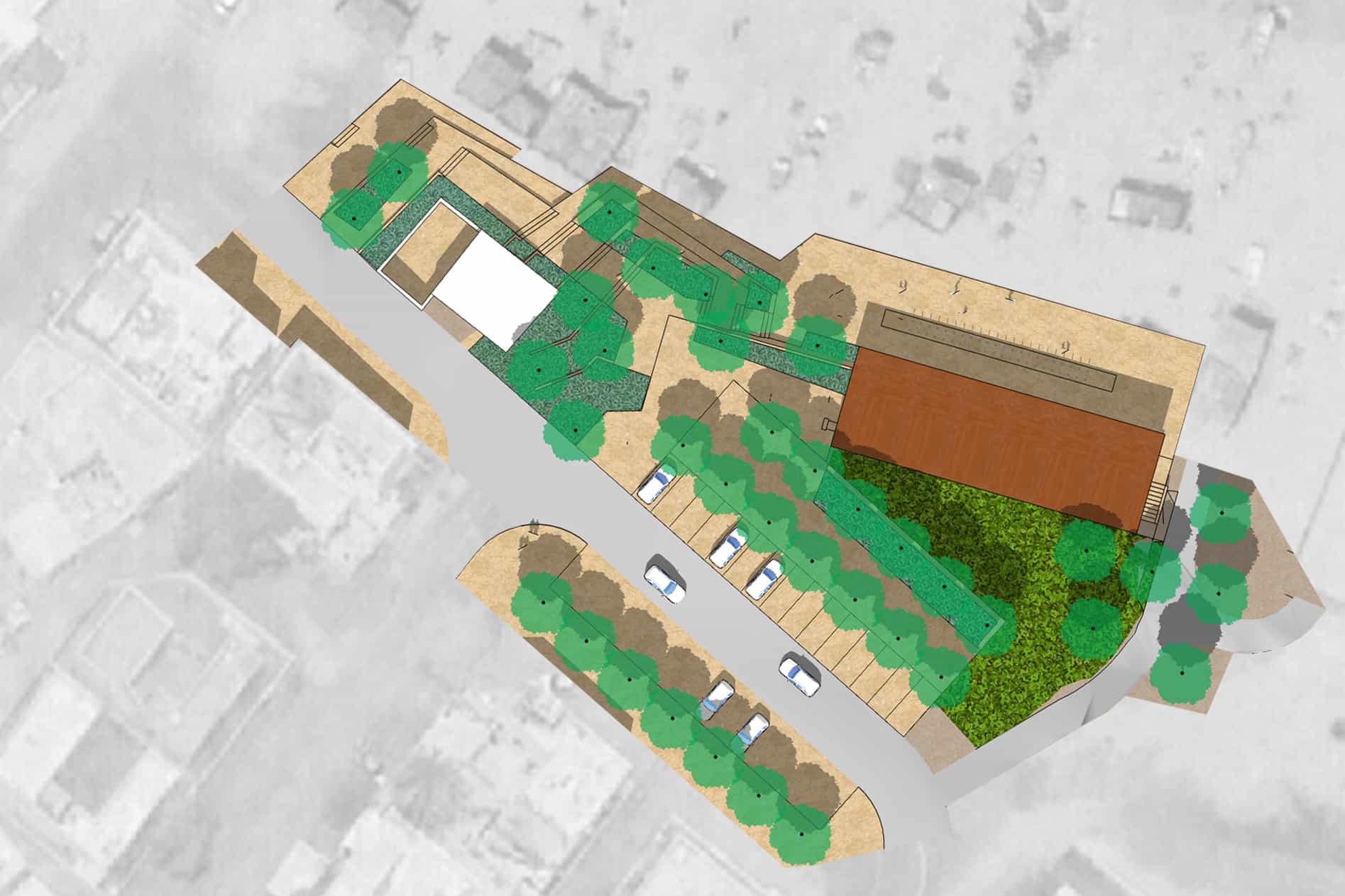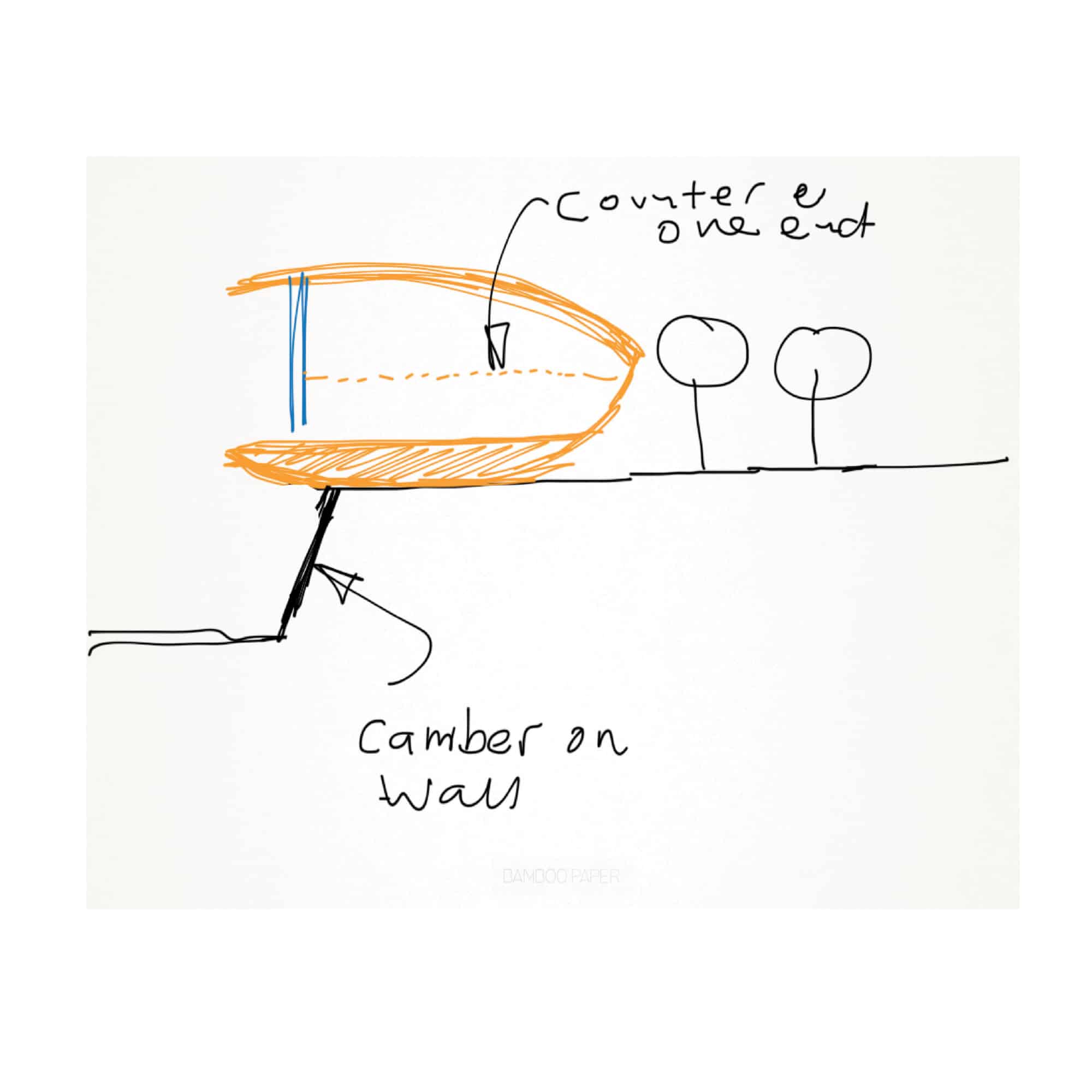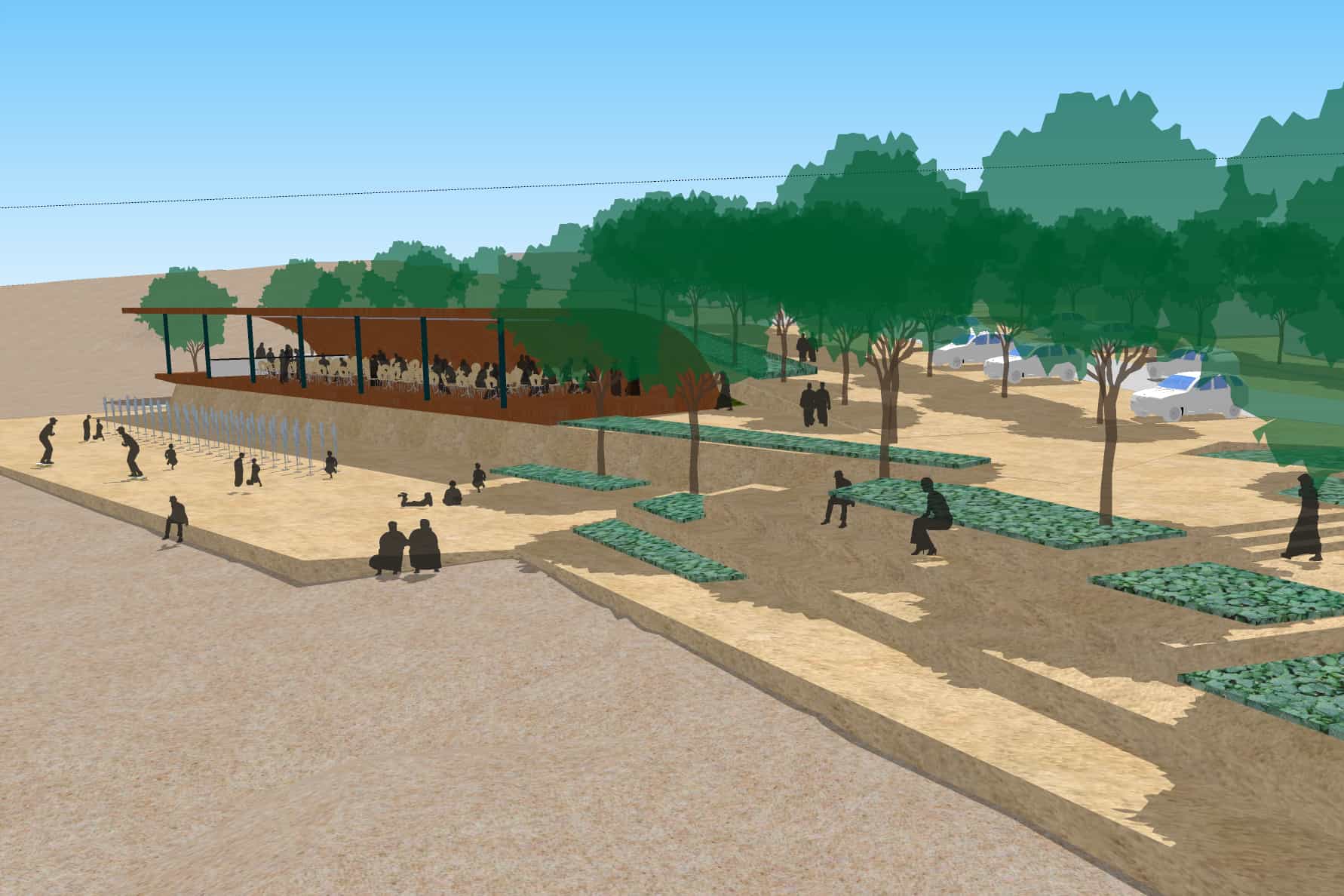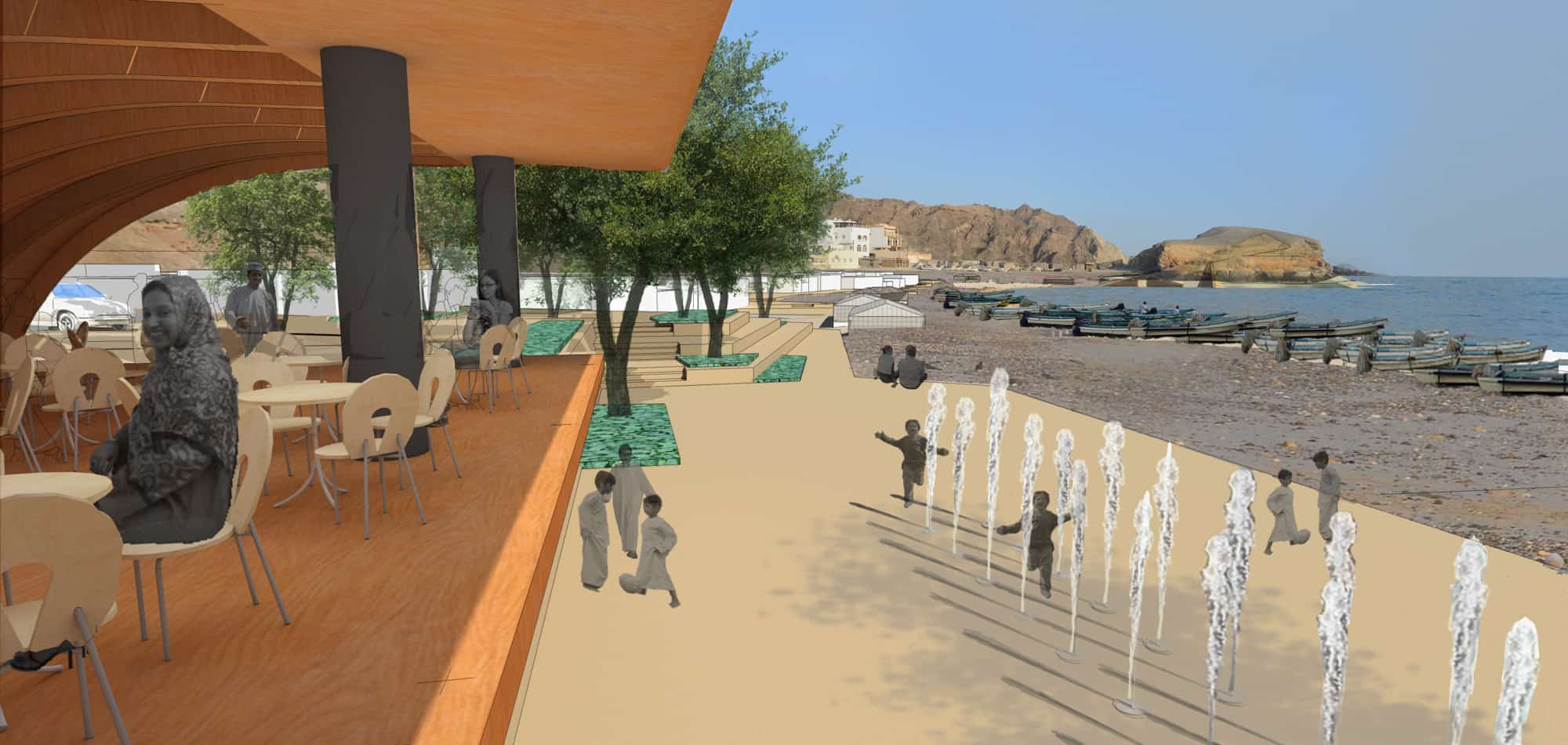Qantab is a small traditional fishing and boat-building village of about 3 hectares across a peaceful bay facing the Gulf of Oman. Its skills became the centre of attention after an unexpected series of events beginning some 6,000km away.
In 1998, salvagers recovered the wreck of a ninth-century Arabian dhow (merchant vessel) off the coast of Belitung Island, Indonesia. Inside the wreck was the largest single collection of Tang dynasty artefacts, giving new insights into the trade routes between China and the Middle East during that period (Wikipedia, 2019).
Qantab came into the picture 10 years later when the governments of Oman and Singapore commissioned the construction of a replica of the Belitung shipwreck. A small traditional ship yard in Qantab became the venue for that project.
Named the Jewel of Muscat, the replica ship is remarkable in that its builders sewed it together, following the techniques used to construct the original ship (Wikipedia, 2019).

